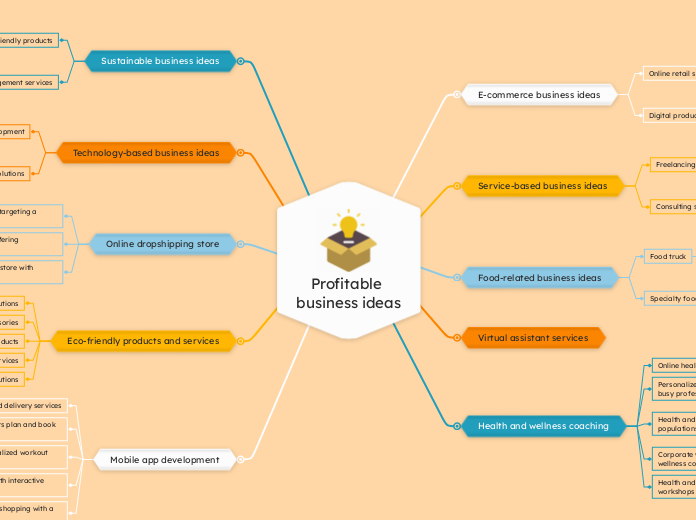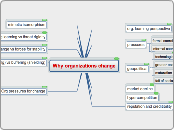B/OSS Strategy
Context:
Over the next several years, the biz will require new capabilities in order to drive results.
As the technology orgs evaluate options for enabling new biz capabilities thru technology investment, it is important that we have a well-considered vision on what our optimal end-state looks like. Then, specific initiative-level investment choices we make can be better aligned to move our arch blueprint towards this desired end-state (rather than towards an arbitrary one).
Operating Model
Hosting Model
Goals
Enablement of New Capabilities
Adaptability of "out-of-the-box" features
Configurability, Flexibility, Extensibility, etc.
Openness of APIs
Products & Features
LOB-Specific Features
B2B & SMB
Prepaid
Support for Network products
Digital Products (e.g., Retail, Self-service)
Personalization products
Faster Speed-to-Market
Lower Cost
Lifecycle costs
Cost to deliver new capabilities
Operational Cost structure
Strategic Leverage
Increase level of transparency and trustworthiness in B/OSS vendor relationship(s)
Increase number of potential vendors for system operation
Increase number of potential vendors for new capability delivery
Greater ability to control costs (see "Lower Cost")
Increase amount of influence on product roadmap
Larger number of viable alternative solution paths
Delivery Model
Fully Outsource to 3PV
Manage Internally with Staff Aug
Fully Outsource to B/OSS Vendor
Technology Stack
Matrix Diversified
"Best of Breed"
Sprint
Integration Investments
Component choices
etc.
CRM
Assemble a new stack (or modify our existing one) consisting of best-in-breed components for (some or all of) the following:
CRM, Billing, Rating, Ordering, Product Catalog, Provisioning
Vertically Diversified
"Parallel Stack"
Complicates leverage for billing projects 2+ moves ahead
Produces leverage for next-move billing projects
Technical
Examples
Other case studies
TMO
AT&T
High Complexity
Likely 50+ Integration Points with existing systems
Commissions
Collections
Cash Drawer
Network Elements and/or Provisioning GW
SAP
Examples:
Duplicate vs. Shared components
CDP
POS
Accounting
Rating
Billing
Provisioning
Scope TBD: Provisioning, Customer-Facing UI, Service Integration, etc.
Out of Scope: Inventory, G/L, Commissions, Mediation, etc.
New BSS stack to include: CRM, Order Mgmt, Rating, Billing, Product Catalog, Payments, A/R, Collections, Applicable UIs
Introduce new suite(s) of BSS components to serve other LOB(s)
Leave Amdocs stack in place for core consumer postpaid LOB
Horizontally Diversified
"Layered Architecture"
When building new services, evaluate Node vs. ESB vs. UFX (vs. combinations thereof) on case-by-case basis
Don't proactively replace existing CES UIs
Build greenfield UIs outside of CES suite
Strategy
Technology
TOPS Backend
Retail / POS
Invest in agnostic UI Layer
Invest in robust Integration Layer
Combinations of the above
Purchase UXF (Amdocs product)
Build in ESB
Build in Node.JS layer
Process
People
Build non-Amdocs user interaction channels (UIs, etc.) on top of integration layer
Choice: Unified UI vs. Separate UIs vs. Legacy UIs
Build non-Amdocs integration layer on top of CES backend components
Keep Amdocs components for core BSS functions (in the "backend" layer)
Fully Unified
"Best of Suite"
Transformational Option
Implement full suite of non-Amdocs B/OSS vendor
Incumbent Option
Recommendations
Implications
Description
Stay on Amdocs Product Path
Amdocs Retail Solution (POS on Tablet)
Amdocs UI products (fully or partially widgetized)
Amdocs Integration Layer (REST, Headless Widgets)
Keep existing Amdocs suite in place









